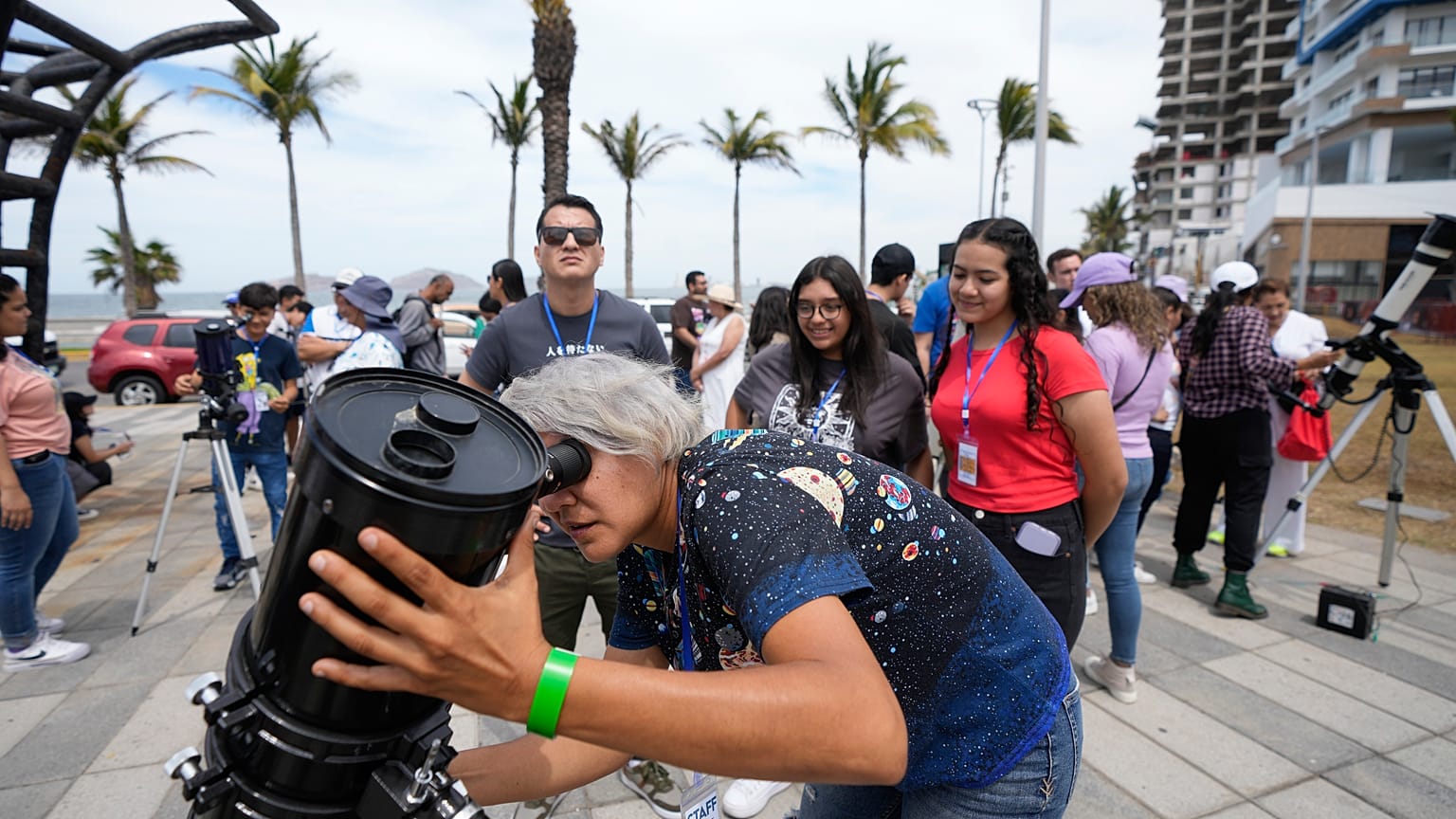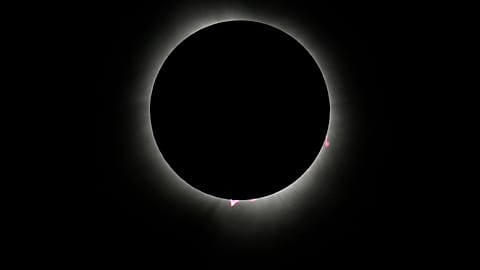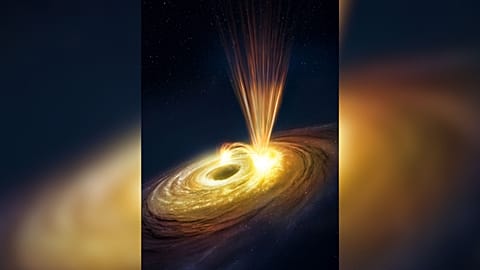Huge crowds are expected in North America as a total solar eclipse crosses the continent.
Millions of spectators will gather across North America on Monday to see a total solar eclipse.
The full eclipse means that the Moon will pass between the Sun and the Earth, with some areas expected to get several minutes of darkness.
While almost everyone in North America is guaranteed at least a partial eclipse, the total eclipse will follow a narrow path. But clouds could impact viewing.
The US National Weather Service forecasted that clouds in some parts of the US states of Texas, Arkansas, Ohio, Pennsylvania, and New York could impact people's viewing of the eclipse.
“Cloud cover is one of the trickier things to forecast,” National Weather Service meteorologist Alexa Maines explained at Cleveland's Great Lakes Science Center on Sunday. “At the very least, it won’t snow.”
The cliff-hanging uncertainty added to the drama.
The northern US states of Vermont and Maine and Canada's New Brunswick and Newfoundland are expected to get the best weather during the eclipse.
Rain or shine, "it’s just about sharing the experience with other people,” said Chris Lomas from Gotham, England, who was staying at a sold-out trailer resort outside Dallas, Texas, the biggest city in totality's path.
What to expect for the solar eclipse?
For Monday's full eclipse, the Moon was due to slip right in front of the Sun, entirely blocking it.
The resulting twilight, with only the sun’s outer atmosphere or corona visible, would be long enough for birds and other animals to fall silent, and for planets, stars and maybe even a comet to pop out.
The out-of-sync darkness lasts up to 4 minutes and 28 seconds. That's almost twice as long as it was during the US coast-to-coast eclipse seven years ago because the moon is closer to Earth. It will be another 21 years before the US sees another total solar eclipse on this scale.
Extending five hours from the first bite out of the sun to the last, Monday's eclipse begins in the Pacific and makes landfall at Mazatlan, Mexico, before moving into Texas, Oklahoma, Arkansas and 12 other US states in the Midwest, Middle Atlantic and New England, and then Canada.
Last stop: Newfoundland, with the eclipse ending in the North Atlantic.
It will take just 1 hour and 40 minutes for the moon's shadow to race more than 6,500 kilometres across the continent.
Eye protection is needed with proper eclipse glasses and filters to look at the sun, except when it ducks completely out of sight during an eclipse.


















